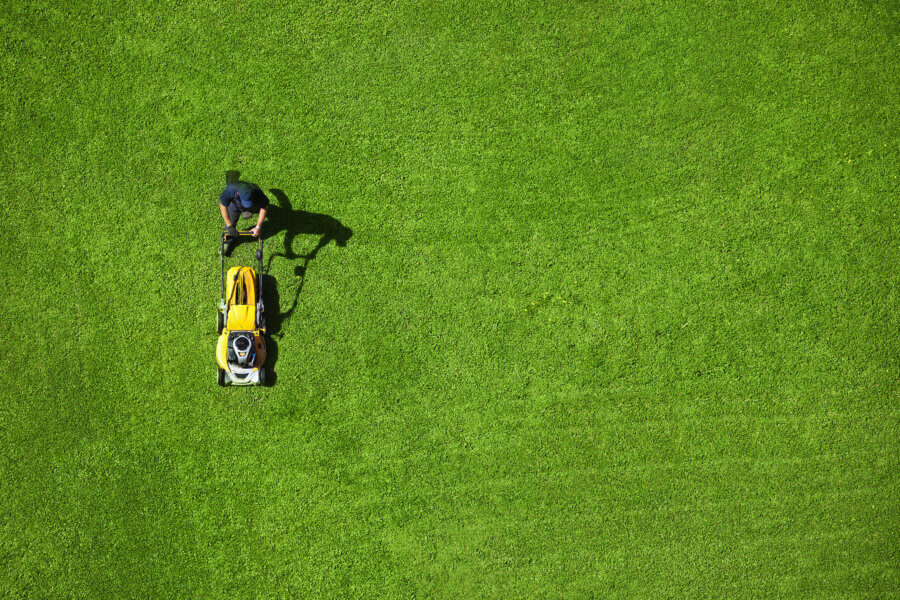
Tips on How to Take Care of Sod After Installation
If you are planning to install new sod or restore a damaged lawn in your Florida yard, your top priority should be caring for that new sod once it is installed. Without proper care, your sod won’t be able to take root effectively. The last thing you want is to spend your money on fresh sod, only to have it die off and have to start the process all over again.
Read on for our best sod care tips for your outdoor home landscape
How Often to Water New Sod
Your first order of business after installing new sod is to water it. You should aim to water new sod within 30 minutes of completing the installation. For most grass types, you should shoot for about an inch of water during this initial session. This will water your sod deeply, giving it the moisture it needs to begin putting down roots. The deeper the roots go, the stronger your new lawn will be going forward. To check how deeply your sod is being watered, stick your finger down into the soil. It should feel moist down to about three or four inches. Always ask the sod professionals at Duda Sod for sod specific instructions.
Going forward for the first few weeks, water your sod twice each day, preferably in the morning and afternoon. Avoid going too late into the evening, as excess moisture can create a breeding ground for turf disease. Once your sod has begun to establish a strong root structure, typically in about three weeks, you can begin to shift to a more typical watering schedule for your specific grass variety.
When to Mow New Sod
Avoid mowing for at least the first week after sod installation. Begin mowing once the sod takes root. When you’re ready to test whether or not the sod has taken root, there is a simple test. Try lifting a piece of the sod off the ground. If it comes up, is it not rooted. If it doesn’t come up, you’re sod is rooted and good to go!
For initial mowing sessions, it is best to avoid using a ride-on mower, as this can be incredibly damaging to fresh sod. The weight and wheels can rip up your new sod before it has a chance to settle in. Instead, use a standard lawn mower that you walk behind. After three weeks or more, you can begin to use a ride-on mower if needed for the size of your Florida property.
With any type of grass, including fresh sod, it is best to trim no more than a third of the grass’s height during each mowing session. As always, make sure your mower blades are sharp, as dull ones tend to tear rather than cut the grass. This can weaken the grass and make it more susceptible to disease and pest activity.
When to Fertilize New Sod
When first installed, sod doesn’t need to be fertilized, as it should already be healthy coming from the sod farm. However, the soil in your yard may not be at its best, though you should do your best to ensure that it is before sod installation. In general, you can begin fertilization to balance the nutrients in your soil around 60 days after installing your sod. Take a soil sample for testing to ensure you use the appropriate fertilizer formulation for your sod’s needs. After that, continue following the recommended fertilization schedule for your specific grass type.
The Most Important Tip for Fresh Sod Care
We cannot emphasize enough how important it is to stay off your sod as much as possible while it is establishing itself. Walking on fresh sod can be incredibly damaging at a time when it is trying to take root. Keep your children and pets away from the new sod as much as possible as well. Of course, you’ll need to walk on your sod to mow it, but do your best to minimize any contact other than that, at least for the first few weeks.
Your Trusted Source for Florida Sod
Duda Sod is here for all your sod needs. We welcome your questions about fresh sod for your Florida yard and are always more than happy to guide you to the best grass type for your area. We can arrange the installation for you and get your new lawn started off properly.